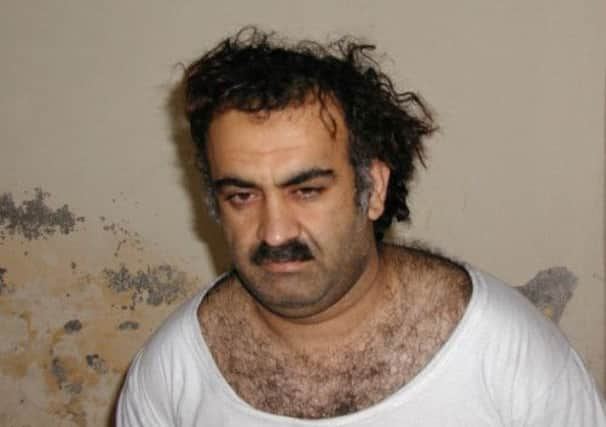9/11 mastermind ‘designed prison vacuum cleaner’


Would the spy agency allow Mohammed, who had earned his bachelor’s in mechanical engineering, to design a vacuum cleaner?
The agency officer in charge called CIA headquarters and a manager approved the request, a former senior CIA officer has revealed for the first time.
Advertisement
Hide AdAdvertisement
Hide AdMohammed had endured the most brutal of the CIA’s interrogation methods and had confessed to a career of atrocities. But the agency had no long-term plan for him. One day, he might prove useful. Perhaps, he would even stand trial – and for that, he would need to be sane.
“We didn’t want him to go nuts,” the former senior CIA officer said, one of several who spoke on condition of anonymity.
So, using schematics from the internet as his guide, Mohammed began work. That the CIA may be in possession of the world’s most highly-classified vacuum cleaner blueprints is but one peculiar, by-product of the controversial US detention and interrogation programme.
The CIA apparently succeeded in keeping Mohammed sane. He appears to be in good health, according to military records.
Others haven’t fared as well. Accused al-Qaeda terrorists Ramzi Binalshibh and Abd al-Nashiri, who were also locked up in Poland and Romania with Mohammed, have had mental issues. Al-Nashiri suffers from depression and post-traumatic stress disorder. Binalshibh is being treated for schizophrenia.
“Any type of prolonged isolation in custody – much less the settings described in the press – have been known to have a severe impact on the mental condition of the detainee,” said Thomas Durkin, Binalshibh’s former civilian lawyer.
Mohammed was subjected to interrogations in Poland. Agency officers and contractors forced him to stay awake for 180 hours, according to a CIA inspector general’s report. He also underwent 183 instances of waterboarding, or simulated drowning.
After the CIA prison in Poland was closed in 2003, Mohammed was moved to Bucharest, to a black site code-named “Britelite”. Soon the CIA was trying to find ways to entertain Mohammed as his intelligence value diminished.
Advertisement
Hide AdAdvertisement
Hide AdMohammed graduated from North Carolina A&T State University with a degree in mechanical engineering in 1986. It was not clear whether he was interested in designing a better vacuum, or had ulterior motives. He might have intended to use the plans to conceal secret information or trick his jailers.
In Graham Greene’s spy thriller Our Man in Havana, a vacuum salesman in Cuba agrees to work for MI6. He dupes the British into believing his vacuum designs are military installations.
It remains a mystery how far Mohammed got with his designs or whether the plans still exist. The CIA prison in Romania was closed in 2006 and Mohammed was transferred to Guantanamo Bay Naval Base prison, where he remains
Mohammed’s military lawyer, Jason Wright, said he was prohibited from discussing his client’s interest in vacuums.
The CIA said any records of the vacuum would be among its most highly classified government files and exempt from ever being released to the public.